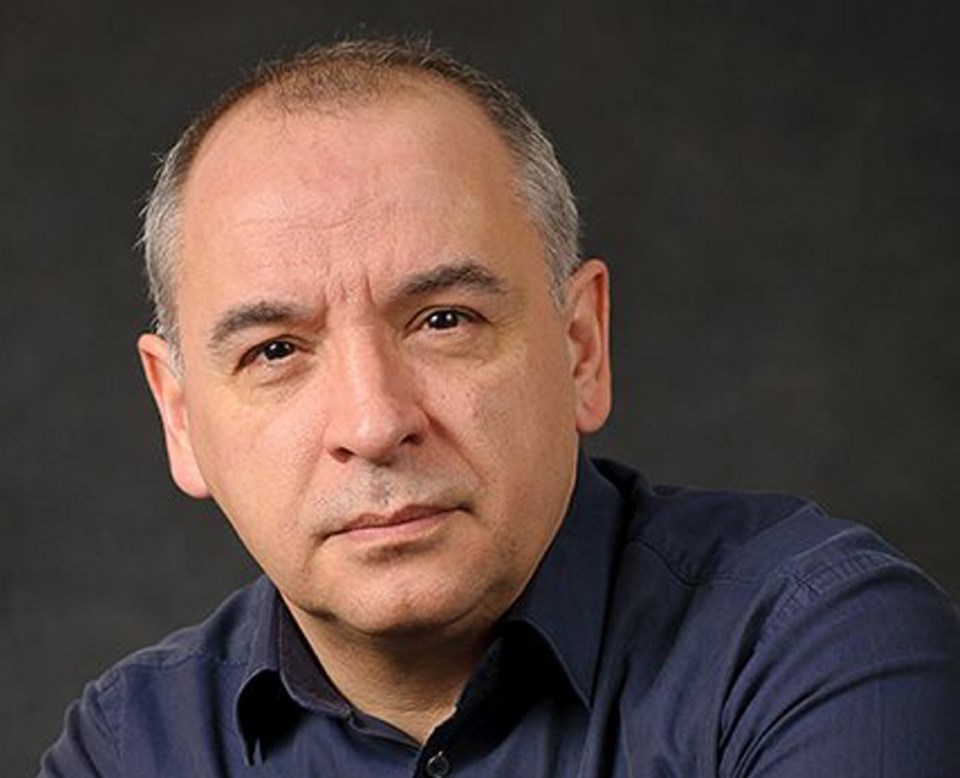 Dear Tony: Our 25-year-old apartment building recently completed several planned major upgrades. Our roofing system was replaced, we had an elevator overhaul, and our boiler was upgraded. All of this depleted our contingency fund down to 25% of our operating fund, or just under $100,000. Our next major upgrades are planned for 2028 to start the replacement of our exterior doors and windows, and we approved a significant increase in contingency contributions starting this year to cover those estimates. Three of our fiscally conservative council members are suggesting we should have a special levy to top up the contingency fund by another $250,000, to ensure we have sufficient emergency funds, claiming 25% of the operating fund is the only minimum amount. The legislation does not actually state what the minimum is. How do we assess what is sufficient in our funds?
Dear Tony: Our 25-year-old apartment building recently completed several planned major upgrades. Our roofing system was replaced, we had an elevator overhaul, and our boiler was upgraded. All of this depleted our contingency fund down to 25% of our operating fund, or just under $100,000. Our next major upgrades are planned for 2028 to start the replacement of our exterior doors and windows, and we approved a significant increase in contingency contributions starting this year to cover those estimates. Three of our fiscally conservative council members are suggesting we should have a special levy to top up the contingency fund by another $250,000, to ensure we have sufficient emergency funds, claiming 25% of the operating fund is the only minimum amount. The legislation does not actually state what the minimum is. How do we assess what is sufficient in our funds?
Carolyn Beale, Vancouver
The Strata Property Act has a simple formula for determining the minimum contingency contribution each year as part of the annual operating budget, but not the minimum balance. As in your case, if the balance of the contingency drops below 25% of the annual operating budget, the strata corporation in the next fiscal year must contribute at least 10% of the annual operating budget value to the contingency fund.
If your annual budget is $400,000, and your contingency balance is below 25% or below $100,000, the contribution for your operating budget in the next fiscal year is a minimum of 10% of the proposed operating budget for the next fiscal year.
If the next year’s budget is $400,000, the minimum contribution in addition to the operating budget is $40,000.
The contingency reserve fund is intended to fund a variety of circumstances. Planned renewals recommended by the depreciation report, emergency repairs including emergency costs for insurance renewals, common insurance deductible costs, and approved costs for projects and costs approved by 3 / 4 vote of the owners at a general meeting.
Minimum funding is simply bad planning and deferral of the real value of strata fees. There will be times when a strata corporation significantly reduces their funds in cycles of repairs and maintenance or emergencies.
The key to planning is to ensure the future years ahead will be appropriately funded to reflect the projected renewals in your depreciation report and you approve sufficient funds in the annual budget to meet all your operations and service requirements.
The days of “keep your strata fees low so it doesn’t affect property values” are history.
Underfunded strata corporations are routinely identified as undermaintained properties. Low strata fees result in low contributions to the contingency fund which end up being frequent special levies for deferred repairs that are often delayed by defeated votes of the owners, and result in much more costly repairs and an increasing risk of insurance claims or serious implications on cost or limitations of insurance renewals.
There are many communities across B.C. that have implemented their deprecation reports actively for renewals planning and funding and have not required special levies for over 10 years, all due to prudent planning.
The additional administrative costs for collections of unpaid special levies consume a significant amount of strata council and management time and resources that may otherwise be dedicated toward the more critical tasks of maintenance, renewals, and operations. What is the right amount of funding?
Start with your depreciation report. What will you need in the next 10-20-30 years? Assess those values every year and that’s your starting place to determine your contributions.
In aging buildings the immediate costs may be out of everyone’s reach, but even a 50% increase in your contributions will make a significant difference in 10 years.
Tony Gioventu is executive director of the Condominium Home Owners Association.


